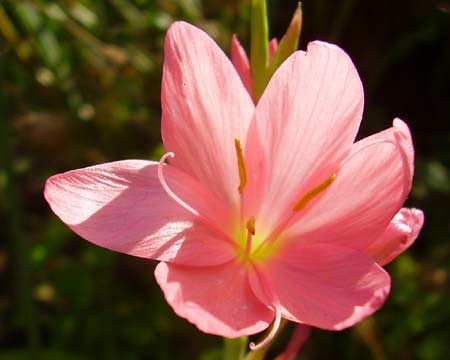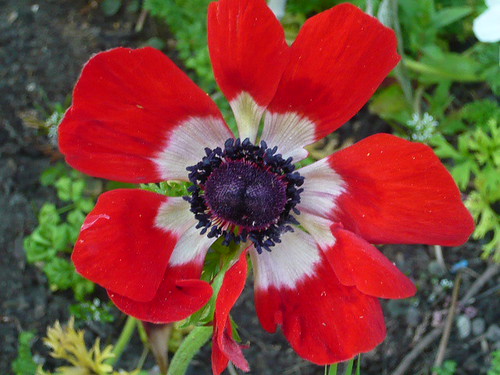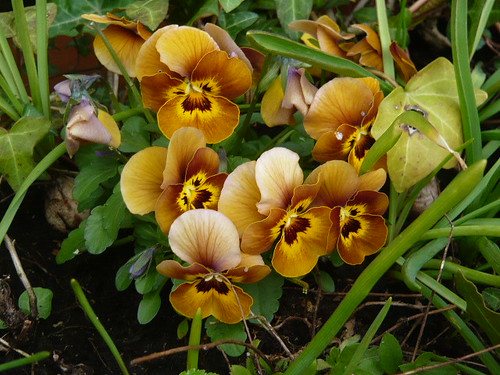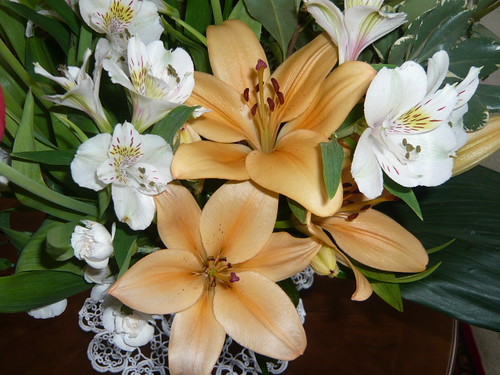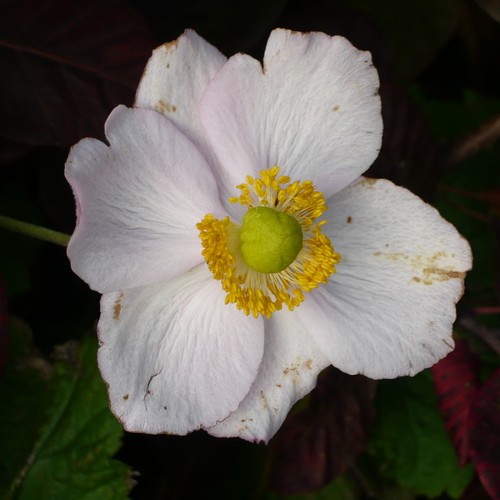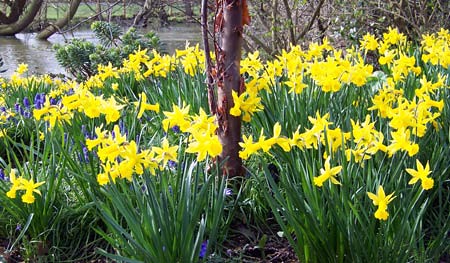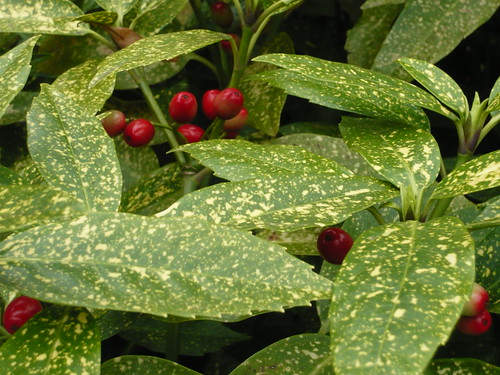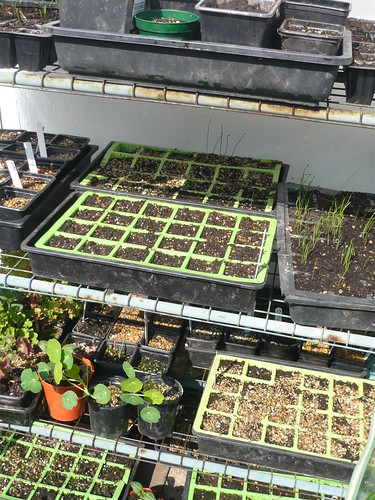Bulbous Plants
Habranthus along with Zephyranthes and Cooperia is one of several related genera commonly known as rainlilies.
All three have starry, funnelform flowers and are native to tropical and semi-tropical regions of the Americas.
You can get a fuller description from the Pacific bulb society or read Growing Rain Lilies
Babiana Kew Hybrids are star shaped in flower from bulbs growing about 10″ high. The sword like leaves display the pastel shades of the flowers and I am growing them for the first time this year in pots.
Habenaria radaria is also called the White Egret Orchid. White flowers last for 4 weeks and each stem can hold up to 4 flowers.
Gladiolus trichonemifolius commonly called Gladioli citrinis found on wet sandy flats in the winter rainfall areas. It blooms in late winter to early spring and is cream to yellow with brown lines on the lower tepals and a darker yellow center.
Anemone coronaria ‘Hollandia’ is a strong red with white eye and is known as a poppy anemone.
